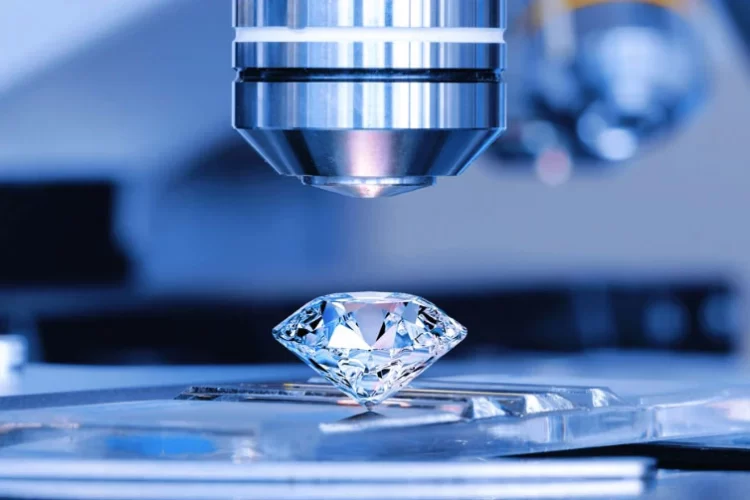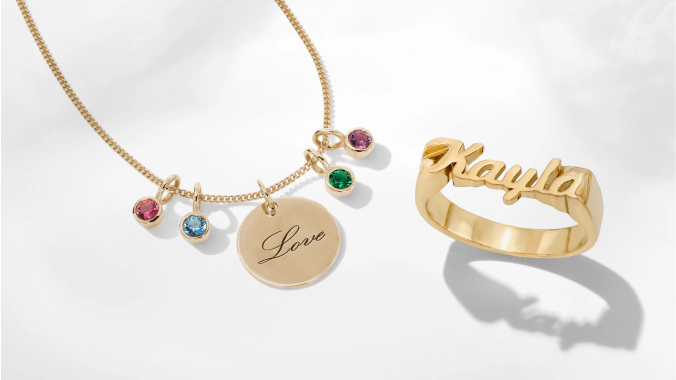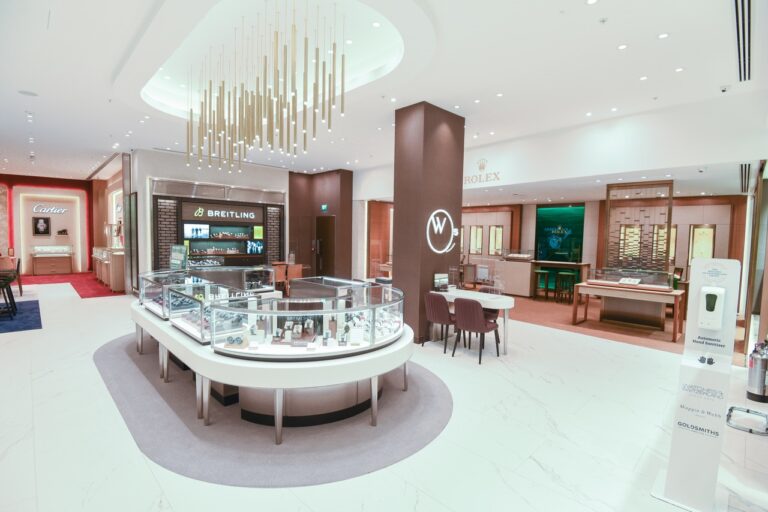No products in the cart.

Two exquisitely clear faceted carbon crystals radiate a mesmerizing array of spectral colors when illuminated directly. Their appearances are nearly indistinguishable, yet one is a billion-year-old creation born of the Earth’s depths, while the other emerged from a modern laboratory.
Both are diamonds, sharing an identical chemical, physical, and optical essence. Diamond, the material itself, is a mineral comprised of near-pure carbon crystals arranged in the isometric cubic system, as stated by the U.S. Federal Trade Commission (FTC), a guiding authority for the gem and jewellery trade.
While diamonds are essentially carbon, the majority of natural specimens bear faint traces of other elements. Nitrogen, for instance, imparts a yellow hue, while the rare presence of boron imparts a blue tint. Additionally, these natural diamonds often host inclusions—tiny remnants of foreign matter captured during the diamond’s formative millennia.
Emerging around five years ago, laboratory-grown diamonds, also known as man-made or synthetic diamonds, have entered the gem and jewellery market in significant volumes. These diamonds are virtually identical to their natural counterparts but carry subtle distinctions discernable only to trained gemologists and advanced detection instruments.
WHERE DO DIAMONDS COME FROM?
ORIGIN OF DIAMONDS
The genesis of natural diamonds traces back billions of years to the earth’s profound depths, where they took shape amidst intense heat and pressure. Through the forces of volcanic upheaval, these diamonds embarked on a journey towards the surface, ensconced within a distinctive rock structure termed kimberlite pipes. These geological formations hold the potential for diamond extraction, yet a mere fraction—roughly five percent—of kimberlite pipes yield diamonds in quantities viable for economic mining.
Evolution of Laboratory-Grown Diamonds
The inception of laboratory-grown diamonds suitable for industrial applications dates back to the 1950s. The milestone of producing gem-quality diamonds within a laboratory setting was achieved in 1971. However, it wasn’t until the mid-2010s that colorless laboratory-grown diamonds made their entry into the commercial gem and jewelry market in significant quantities.
In contemporary times, two primary methods facilitate the creation of laboratory-grown diamonds.
The high pressure, high temperature (HPHT) technique involves replicating the extreme conditions of heat and pressure that lead to natural diamond formation deep within the Earth. This process results in the creation of uniquely shaped laboratory-grown diamond crystals.
Conversely, the chemical vapor deposition (CVD) method dismantles carbon-rich gas molecules, such as methane, into carbon and hydrogen atoms. These atoms then adhere to diamond seeds, culminating in the production of square-shaped, tabular diamond crystals.
The duration of diamond growth by either method is generally less than a month for most sizes. Many CVD-grown diamonds undergo supplementary treatments like heat or irradiation post-growth to enrich or alter their color profiles.
Although laboratory-grown diamonds initially tended to be smaller, advancements in technology and techniques have paved the way for larger stones to emerge in the market, marking a significant evolution in the industry.
Distinguishing Between Natural and Laboratory-Grown Diamonds
The distinction between natural and laboratory-grown diamonds holds immense significance, both to ensure consumer awareness and due to the substantial price variations between these categories.
Dedicated to protecting and enlightening the gem-buying community, IIG extends a hand through its all-encompassing diploma programs, with the prestigious IIG DIAMOND GRADUATE credential shining at the forefront along with engaging seminars. These equip individuals with vital diamond grading expertise and state-of-the-art techniques to distinguish between natural, lab-grown diamonds, and diamond simulants. Given the striking similarities between lab-grown and natural diamonds in both chemical composition and optical allure, conventional methods fall short. IIG, alongside its esteemed peers, harnesses the power of sophisticated gemological laboratories and advanced devices as the only reliable means to differentiate between the two, ensuring transparency and authenticity in the diamond realm.
The challenge arises from the fact that laboratory-grown diamonds possess chemical and optical properties almost identical to their natural counterparts. This renders traditional gemological examinations and conventional “diamond detectors” ineffective in distinguishing between them. Instead, the task demands identification by professional gemological laboratories or the utilization of advanced devices devised by GIA and other reputable organizations. These sophisticated methods remain the sole dependable means to differentiate laboratory-grown diamonds from their natural counterparts, ensuring integrity and transparency in the diamond market.
Diamond Morphology: The Defining Factor

The growth patterns of diamonds, a unique aspect of their origin, play a crucial role in distinguishing natural diamonds from their laboratory-grown counterparts. The natural diamonds that formed deep within the Earth over millions of years exhibit distinct growth patterns compared to diamonds cultivated in a laboratory within a
mere few weeks. This distinction is further accentuated by the dissimilar growth morphology of diamonds created through High Pressure, High Temperature (HPHT) and Chemical Vapor Deposition (CVD) processes.
The Diamond Morphology Chart visually delineates the distinct characteristics of diamond rough based on their growth origins, highlighting their unique growth morphology. While the shape depicted in the chart may be transformed during the cutting and polishing process, the identification remains feasible through the examination of fluorescence patterns and other defining attributes that stem from its specific growth morphology. This insightful tool aids experts in pinpointing the origin and nature of diamonds, further contributing to the accurate differentiation between natural and laboratory-grown stones.
How Can You Tell The Difference?
Some trained experts say they can visually tell the difference between lab grown and natural diamonds. Sellers are legally required to disclose if a diamond is lab grown or natural. Lab grown diamonds only take a few weeks to produce and there are slight internal structural differences, like the crystal shape and the directions of growth.
Visit the fastest-expanding premier education institute of the Gems and Jewellery Industry at our locations at Mumbai – Opera House & Andheri (East), Bengaluru, Kolkata and Surat.
We are easily accessible on Instagram, Facebook, Twitter, LinkedIn and Google. @iigofficial






Not a member yet? Register now
Are you a member? Login now